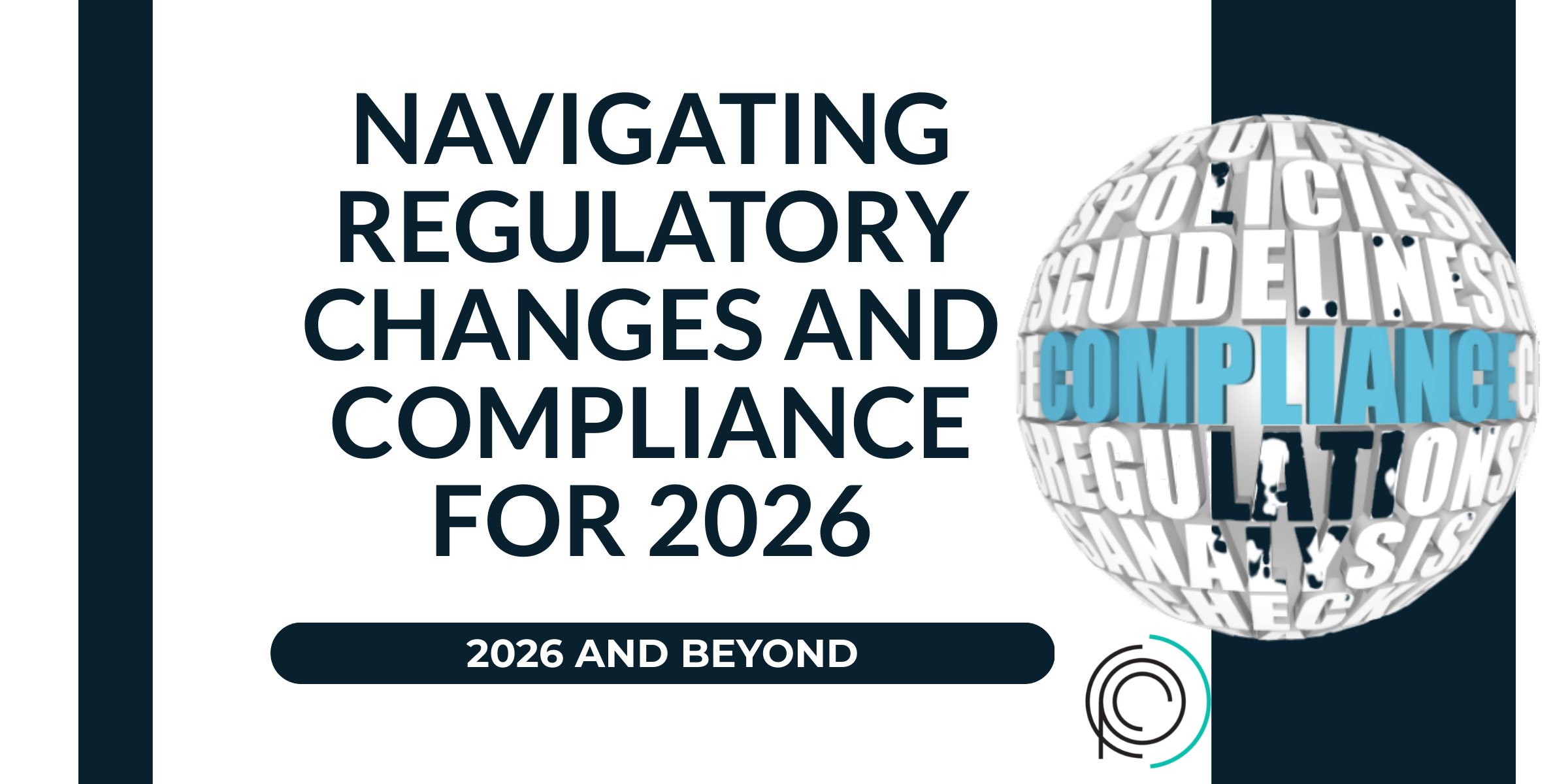Unlocking Retention: Secrets of Companies That Defy the Great Resignation
As the pandemic has drawn to an end, few topics have received more attention than the “Great Resignation,” with predictions that 20% of workers intend to quit their jobs in 2022. Some estimates put this number even higher. So, if you’re facing an employee attrition rate of 30% or more, you’re certainly not alone — but that doesn’t mean that you should be complacent and hope the problem goes away by itself.
Businesses now puzzled by the mass resignations are looking for ways to keep good employees and mitigate any further mass resignations. While many business leaders are left wondering what is going on, many will consider working with a consultant to identify any potential issues contributing to the problem and solve them. Yet this can be a complex subject to approach with your team. What we have found is one of two scenarios to be true; your team has spoken up about the issues and what they have shared has fallen on deaf ears, or they don’t feel it’s worth the risk. Here’s what you need to know. Bite the bullet If you’re still on the fence about what to do, let’s take a quick look at what it means to face an attrition rate of 30% or more.
Attrition focuses on employees who voluntarily leave a company, such as for professional ambitions or personal reasons. This means it’s typically lower than the turnover rate, which includes those who were fired. In 2020, the attrition rate stood at 25.2% in the US across all industries — but in 2021, that rose to 32.7%. It’s important to remember that while every industry can and was affected, not every company saw numbers even close to the national average. While a 30% rate might be close to the average during the pandemic and the spark of the Great Resignation, the numbers are still very significant for companies that found themselves on the receiving end. So, what’s the secret for the companies that had and still have less than 5% turnover?
Every time someone leaves your organization, you must start the expensive and resource-intensive process of hiring somebody new and training them. In the meantime, this can negatively influence the morale of the team, have some questions if they should start looking for another job, compromising productivity and even customer experience.
The Secret to Success in Organizations
Many may think that the key to success in organizations lies in the pursuit of more money, but that is not always the case. While financial rewards are important, they are often just the icing on the cake. True success in an organization comes from creating a positive and functional environment where employees thrive. Ping-Pong tables, kegerators, and other “fun” perks can only go so far; if the organization is dysfunctional, these perks will not prevent a high turnover rate. It’s crucial to prioritize a healthy and supportive work culture to truly elevate your company to a sought-after status.
The secret isn’t really a secret at all. Companies that choose to pay careful attention to the way they do business will succeed every time. If you are willing to adjust when your processes are cumbersome, or your technology is no longer appropriate to meet the needs of your team or your business, or your team is speaking up about issues in the business this is how you mitigate mass resignations. Ignore this at your own risk.
For organizations that find themselves uncertain about where to begin or are struggling to identify the root of their challenges, it is perfectly acceptable not to have all the answers. Acknowledging the unknown is far more beneficial than falsely assuming you have all the solutions and potentially being mistaken. So, in light of this realization, what steps should we consider taking next?
Preparing the team You know you need help, but how exactly do you tell your team that you know about the employee attrition problem and that you want them to prepare to work with a consultant to overcome the issue? We’ll at the very least they will know that you heard their concerns and that you are attempting to do something about it; this typically puts the idea of quitting on hold for most. Here are some guidelines to keep in mind.
Be transparent Very few are comfortable with ambiguity. You might be worried that, if you tell your team, you’ve hired a consultant to solve the problem, they could use this knowledge as leverage and refuse to cooperate with the initiative. This is unlikely but yes it can happen. This behavior is typically driven by fear, uncertainty, and not feeling safe. However, if you try to keep the information from them, it’s likely to result in even bigger problems and spark job insecurity (disillusionment and ultimately resignations). Tell everyone on your team why the consultant has been hired and the role they’re going to play in the organization in the short term. That way, you can clear up any confusion or discontent before the process begins. You want to fully control the message, and explain to the team that this is for the betterment of everyone.
In many situations, it is often observed that your team members tend to value and respond positively to the transparency, honesty, and trust you have demonstrated. This can motivate them to strive for improved results and contribute towards achieving better outcomes for the overall success of the company.
Create trust One of our approaches is to explain that any initiative is not about one person but about the organization as a whole. Talking to your team about their participation and being honest about what is going on will help everyone get to the bottom of the issues triggering resignations or low-quality work. Frame the project with a consultant as an opportunity to make the organization and its culture better for everyone.
Above all, it is crucial to reassure clients that the consultant will collaborate with them, supporting their goals and working in tandem to achieve success, fostering a positive and productive partnership dynamic.
Create a schedule in advance If you’re struggling with a high employee attrition rate, there’s a good chance that some of your team members are already struggling with burnout and being overworked. Bringing on a consultant can make this problem overwhelming, as your team will need to commit some time to speak with them. Extending deadlines and being a bit flexible is a short-term solution to getting to the root of the issues and solving them once and for all. It’s important for the team to share their current processes and give feedback as to what is really going on.
Do Your Due Diligence If you’re new to working with a consultant, it can seem daunting to enter that world for the first time. Or maybe you have worked with one before, but you’re nervous about approaching the subject of employee attrition specifically. Either way, there’s no reason that your team working with consultants shouldn’t go smoothly — as long as you approach it correctly and make sure you do your due diligence. Look for case studies, blogs like this one, references, and proof they can help you. If you base your decision solely on price you have not really committed to the process. Look for a consultant with the experience and expertise to help your organization thrive.
In conclusion
It’s important to prioritize creating a healthy and supportive work environment in any organization. Transparency, trust, and clear communication are key factors in building a successful company culture. When faced with challenges such as high employee attrition rates, it is crucial to acknowledge the issue and take proactive steps to address it. Bringing in a consultant can be a valuable resource in identifying the root causes and finding solutions to improve the overall well-being of the organization.
Trust, honesty, and proper planning are essential when working with a consultant, and doing thorough research before selecting one is crucial for success. With these steps in mind, organizations can mitigate mass resignations and create an environment where employees feel valued, supported, and motivated to contribute towards the success of the company. Don’t ignore the warning signs and be proactive in addressing issues within your organization before they escalate. By taking these steps, you can mitigate mass resignations and foster a positive work environment for all team members. Remember, it’s never too late to make positive changes for the betterment of your company and its employees. So take action now, and start building a stronger, happier, and more successful organization.
Keep in mind that the journey to success is an ongoing process, and it’s important to continuously evaluate and improve upon strategies for employee retention and overall organizational health. This may include regularly seeking feedback from team members, implementing new initiatives or policies, and fostering a culture of open communication and trust. With these efforts, organizations can create a positive work environment where employees feel valued, supported, and motivated to contribute towards the success of the company. By investing in the well-being of their team members, organizations can not only reduce employee attrition rates but also foster a strong and dedicated workforce that drives overall success.
Part of this preparation is about choosing the right consultant. If you are thinking about exploring working with us, we’ll guide you through the process of what to expect and how to get your team on board with the project. To find out more or book a consultation, get in touch with us today.






